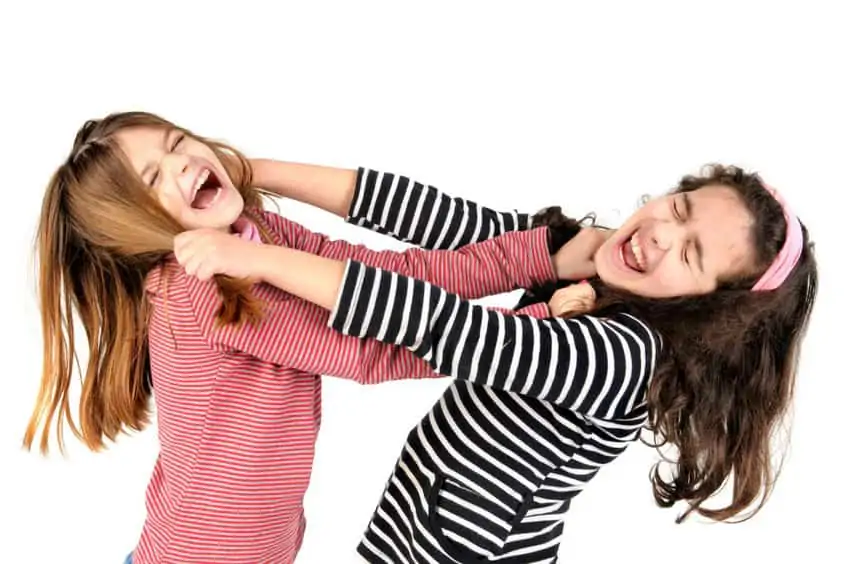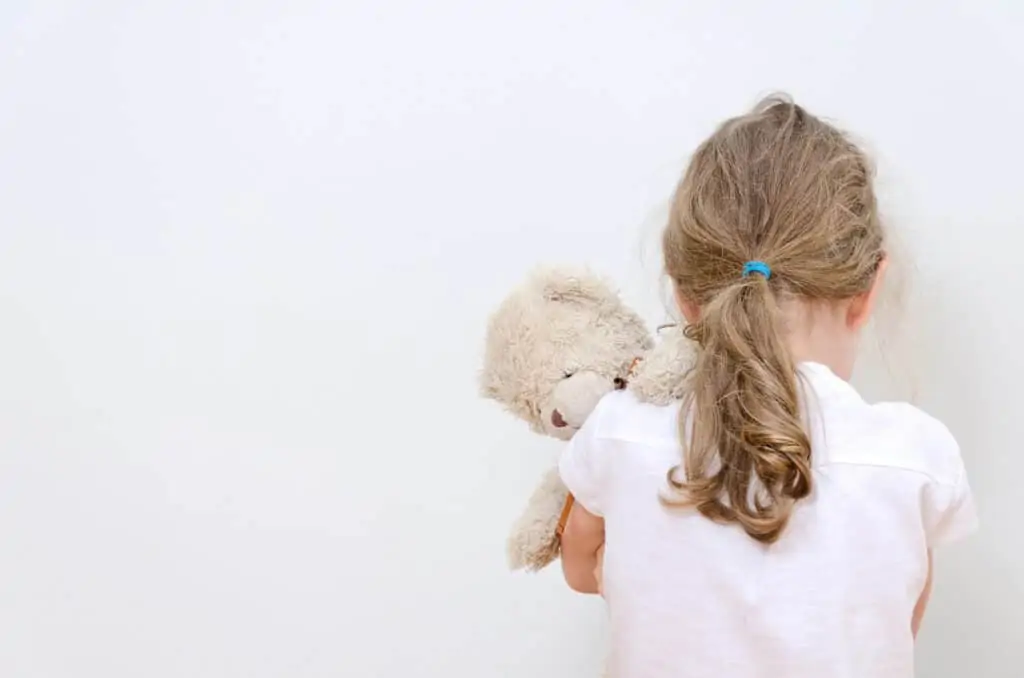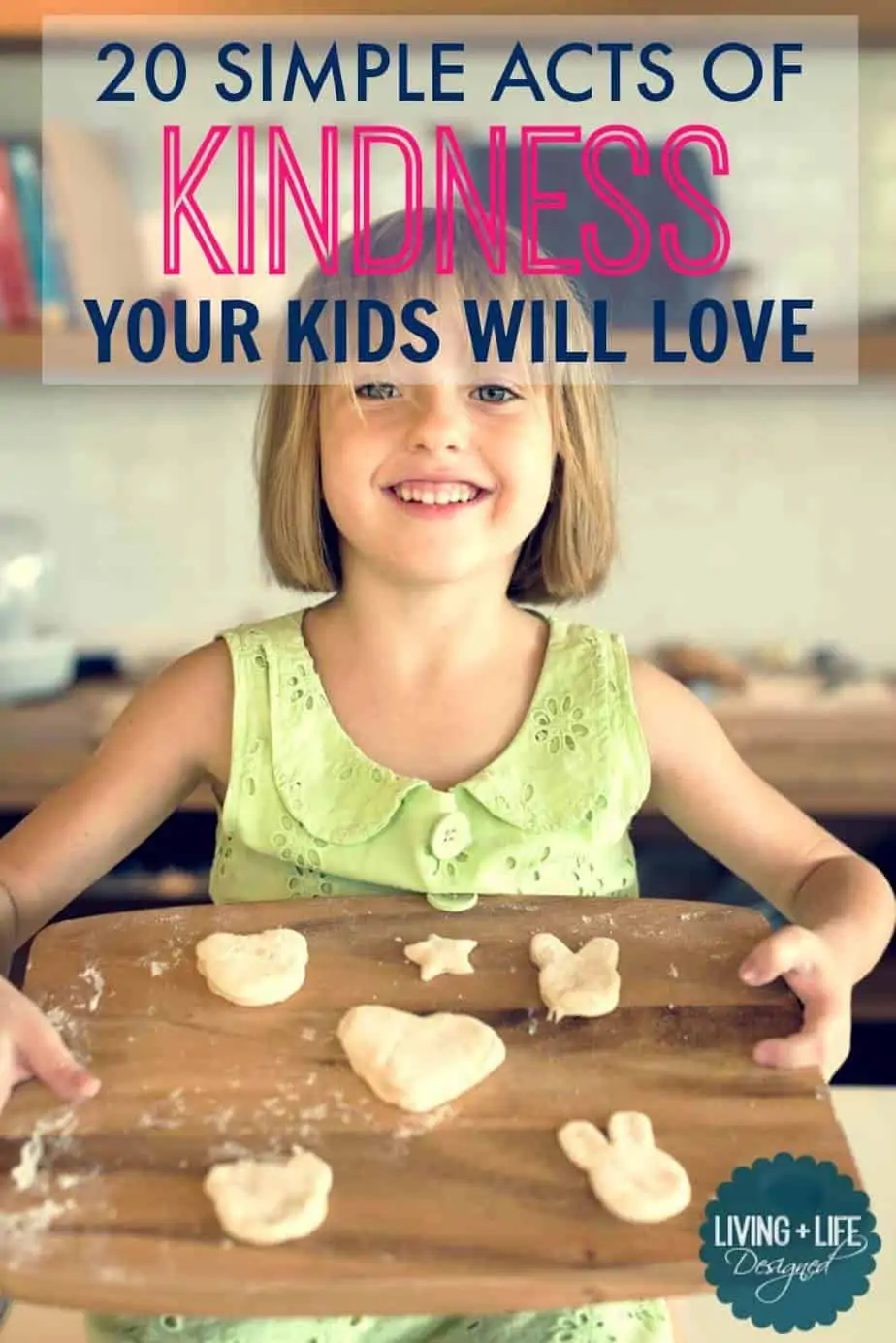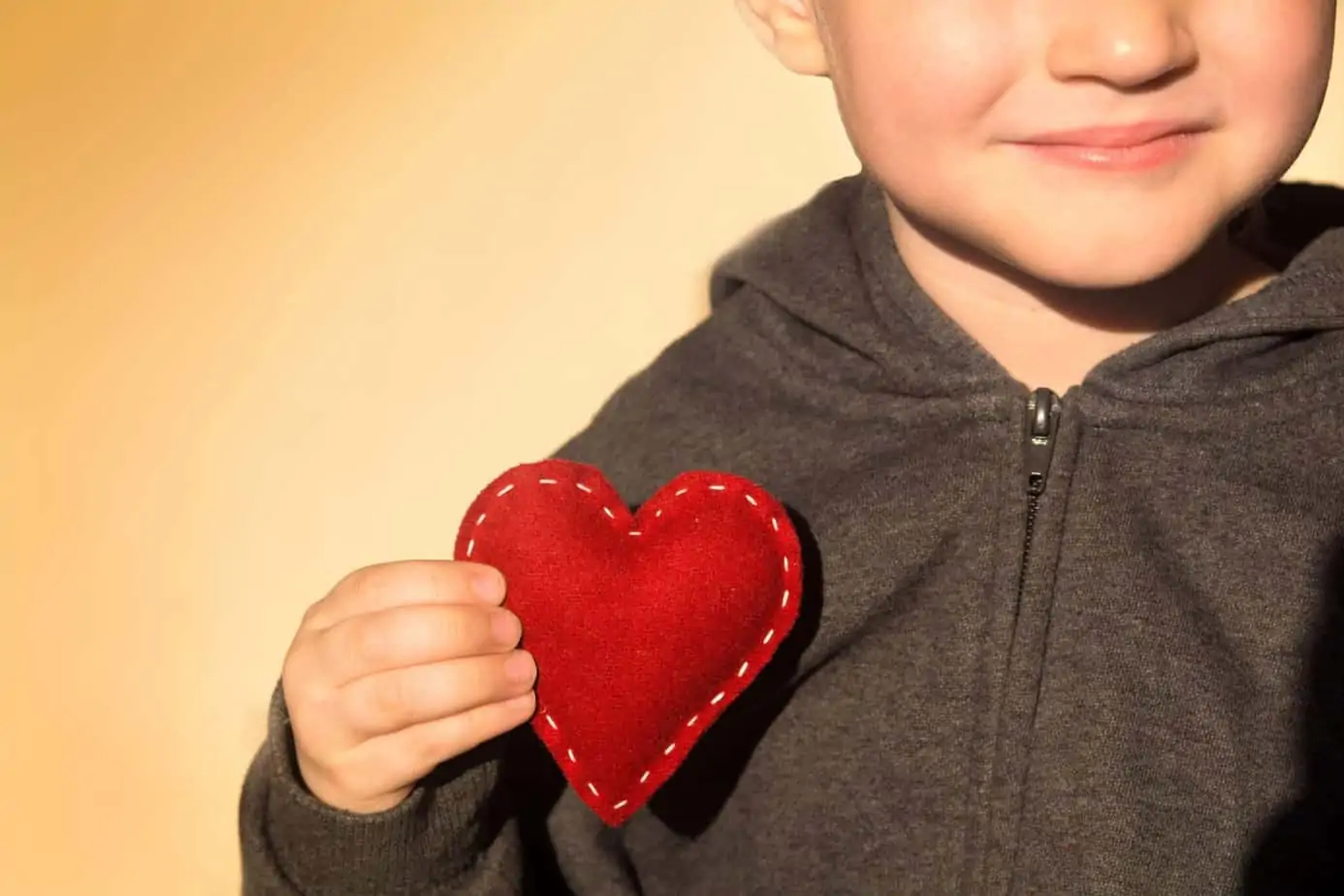Consequences teach kids right and wrong, and learn appropriate behaviors. Effective consequences for kids reinforce positive behavior when used correctly.
Consequences for Kids: Effective vs. Ineffective Discipline
Consequences help kids understand what’s right and wrong, and what is deemed acceptable and unacceptable behavior in your house, at school, among friends and family, and in public.
Children must learn that all behavior has positive or negative results, and when used correctly, consequences are a teaching tool to reinforce good behavior and change others.
The flip side is when consequences aren’t used correctly.
Ineffective consequences often do more harm than good and it’s important to know that not all consequences are created equally.
When you use consequences for kids as they’re intended to be – a learning tool to give structure and clear direction for children – then consequences can make a positive impact.
Used incorrectly, it can create more problems in your relationship and communication.
Ineffective Uses of Consequences for Kids
Overview:
- Using consequences too frequently and when you’re in an agitated or frustrated state
- The punishment doesn’t fit the crime (often the consequence is too severe)
- Matching your child’s big emotions with your own temper / equal level of emotion
- Not acting immediately and delayed the punishment
1. Using Consequences Too Often & When You’re Frustrated
Giving out a consequence from sheer frustration because of your child’s behavior, not only doesn’t improve the behavior at all, but can hurt your relationship with them.
For example, if you are rushing to get out the door but it’s taking your child a long time to put on their shoes, and grab their backpack, hitting them with a consequence because you’re frustrated from running late is not fair.
Parenting life is full of frustrations, but be careful not to walk the line of consequences when you’re feeling impatient, upset, tired or annoyed.
Parenting Resource: How to Discipline Kids Without Yelling: 7 Tools to Help
2. Punishment Doesn’t Fit the Crime
In the heat of the moment when a parent feels impatient or frustrated, they can overreact. A consequence which doesn’t match, and is a disproportionate reaction to the behavior is not only unfair, but will crush the spirit of the child.
A disproportionate consequence can also prevent them from trying to behave in the future. To them, it may seem like “what’s the point” when they receive consequences that are out of line with the actions.
Parenting Resource: How to Use Time Outs and Correct Misbehavior
3. Matching Your Child’s Emotions With Your Own Tantrum
When consequences escalate with negative attention from a parent such as raising your voice, yelling, spanking, criticism, and shaming, have been shown to increase bad behavior from the child. Plus, this behavior from an adult adversely affects the self-esteem and confidence of children
Children crave attention from their caregivers but will take it in negative or positive form. Next time, respond with a consequence as calmly and matter-of-fact, as possible. Don’t let the big emotions escalate an already hard situation.
Parenting Resource: Handling Toddler Tantrums
4. Not Acting Immediately to Enforce the Consequence
Consequences are effectively only when they are enforced immediately. For every moment you allow to pass, your child is likely to
- move on and forget the behavior,
- continue the behavior because no consequence happened and
- not link the behavior to the consequence the more time passes.
6 Steps to Enforce Effective Consequences
Now that we know what doesn’t work with consequences, learn what you can do to make them more effective and encourage better, more consistent behavior.
Overview:
- Give plenty of positive attention
- Reward positive behavior
- Establish rules and consistently enforce them
- Consequences are time sensitive
- The punishment doesn’t fit the crime (often the consequence is too severe)
- Don’t Sweat the Small Stuff (otherwise, save consequences for the big stuff)
- Be Consistent
1. Praise Positive Behavior & Give Plenty of Positive Attention
Positive praise reinforces your child’s good behavior, so be sure to give praise when they are listening, acting kind, sharing, being helpful and other positive actions.
Positive praise boosts self-esteem and children’s confidence, and builds connection to your relationship.
2. Offer Rewards for Good Behavior
Children don’t have a long list of motivations – rewards are tangible incentives for good behavior.
When you acknowledge a child is behaving well with positive feedback, you can motivate her to continue the desired behavior with a reward. This may be a special treat, an extra 30 minutes staying up late, dinner with Mom, etc.
Rewards need to be linked to the desired behavior you want to see the most, and delivered upon consistently.
3. Make the Rules Clear & Give Consequences Immediately
Rules only work when they are clear and established.
Let children know what behaviors will result in a time out and if your child breaks the rules, immediately give a time out or appropriate consequence.
Parenting Resource: How to Use Time Outs and Correct Misbehavior
4. Ignore the Small Stuff and Save Consequences for Big Misbehavior
Minor misbehaviors such as not picking up toys when you asked or refusing to come inside for dinner when called, are minor and don’t deserve consequences. Instead, save consequences for the big behavior you want to change such as aggression, hitting, and destructive behavior.
For minor misbehavior, ignore it and when your child resumes positive behavior, praise these actions and draw attention to the behavior you want to see. When you withhold your attention and ignore the negative behavior, and then praise good behavior, you teach your child what behavior it’ll take to get your attention.
5. Use Time Outs Correctly When You Need
Time outs, when used correctly, are effective at teaching children what boundaries are in place for acceptable and unacceptable behavior.
Here’s a quick article to understanding of how to correctly use time outs.
6. Consistency with Consequences
Consistency is the only way time outs work.
You must follow through each time a behavior is out of line, with an appropriate consequence.
You cannot sporadically give out consequences, particularly when you feel frustrated or are having a hard day and your child is being non-compliant.
When you aren’t consistent with consequences, children will test limits each time because they are unsure if there will be a consequence or not and aren’t afraid to find out.
When you have a set order of rules and consequences, your home will run more peacefully.
More Resources for Parents:
- Why Aren’t My Kids Listening? 6 Secrets To Helping Kids Hear You the First Time
- How to Use Time Outs and Correct Misbehavior Without Breaking Your Child’s Spirit
- Parents: 5 Steps to Teach Kids How to Manage Big Emotions (Free Printable)
- 10 Tips to Help You Become a More Patient Parent
- Help Your Children Understand Emotions and Develop the Emotional Intelligence They Need
Want even more?
Shop All Parenting Resources
Shop all of our parenting resources from self-regulation tools and managing big emotions to building self esteem and confidence. There are resources for all seasons of life!









